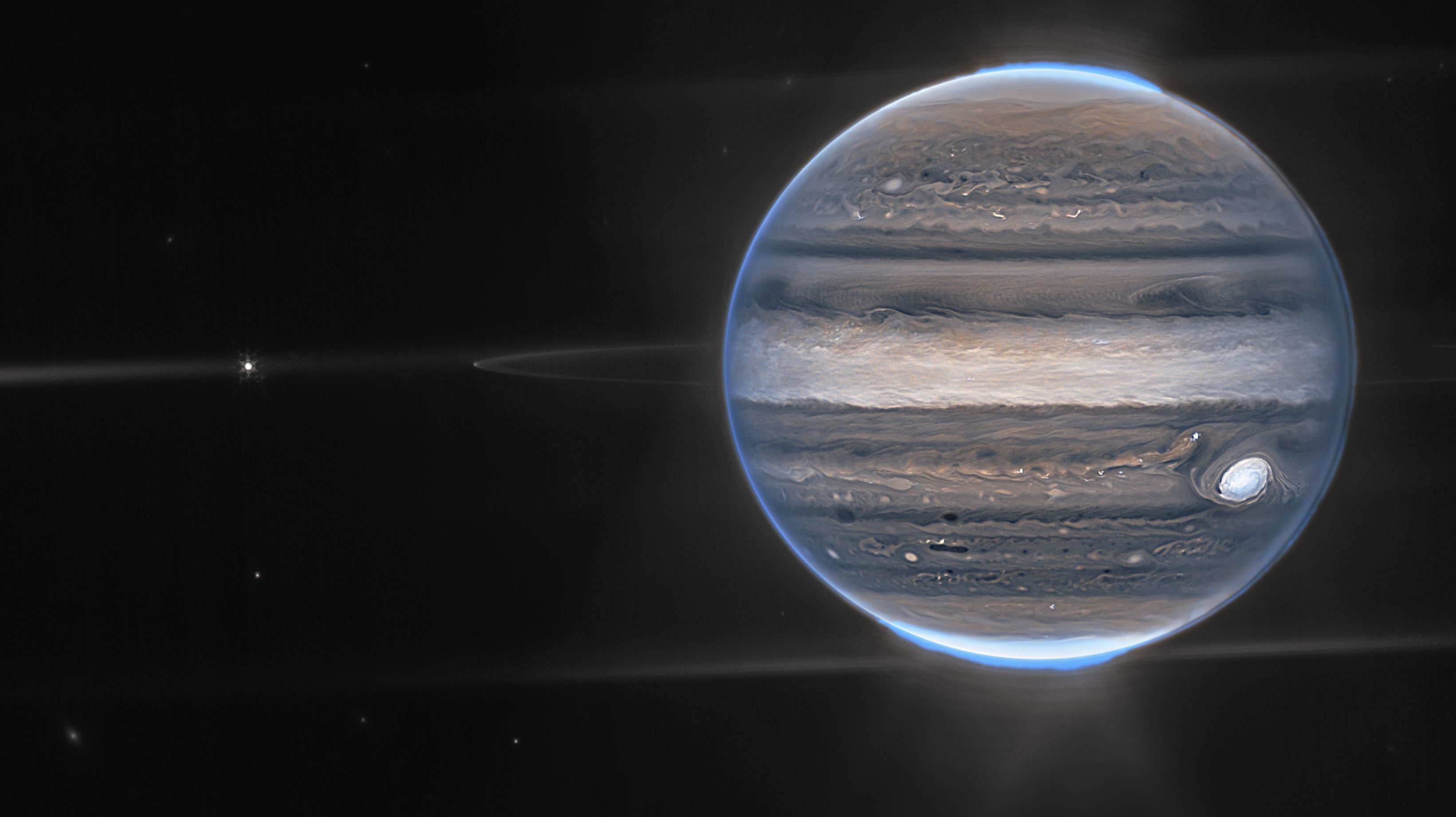Take advantage of the coming days, until the end of the month, to look for the brightest object in the night sky — after the moon, of course. In a rare combination, Jupiter will be at its closest point to Earth and exactly opposite the Sun (as seen from our planet) on September 26, according to NASA.
Earth, Jupiter, and other planets do not have a perfect round orbit with the Sun in the center, nor do they have orbits that overlap—instead, they intersect—meaning that each year Jupiter has a point closer to Earth. Land. and another more distant (about 966 million kilometers).
This year, Jupiter will be closer than in the last 59 years, “only” 591 million kilometers — about the same distance as in October 1963. So close that, with “luck,” you might see some of your moons with simple binoculars — although with a simple telescope it will be even easier and you will also be able to see the famous spot of the largest planet in the solar system.
In addition to being closer to Earth, Jupiter will also be in opposition to the Sun, meaning that when the Sun sets in the west, Jupiter rises in the east, like an all-encompassing mirror in intense focus. This opposition occurs every 13 months and this year coincided with the closest point to Earth.
The “luck” you need is to be at a high point, as dark as possible —that is, away from urban centers— and not face a cloudy or rainy night. Otherwise, you can always see the incredibly bright point in the sky from the window.
With good binoculars, the bands (at least the central band) and three or four of Galileo’s satellites (moons) should be visible,” said Adam Kobelski, an astrophysicist at NASA’s Marshall Space Flight Center in Huntsville, Alabama. “It’s important to remember that Galileo observed these moons with an optical object from the 17th century. One of the main requirements for any system used is that it be mounted in a stable location.”
To help you, you should know that Jupiter will rise at 7:32 p.m. on September 25 (Lisbon time) — a little later the previous days and a little earlier the following days — and that it will only set at 7:36 a.m. September 26. The highest point in the sky, in our eyes, will happen at 1:34 am on that day.
Jupiter will have 79 moons or natural satellites, according to scientists, although only 53 are named. The best known (and largest) are Io, Europa, Ganymede and Callisto, and it is these that you will probably be able to observe, as small bright points, from both sides of the planet.
Source: Observadora
